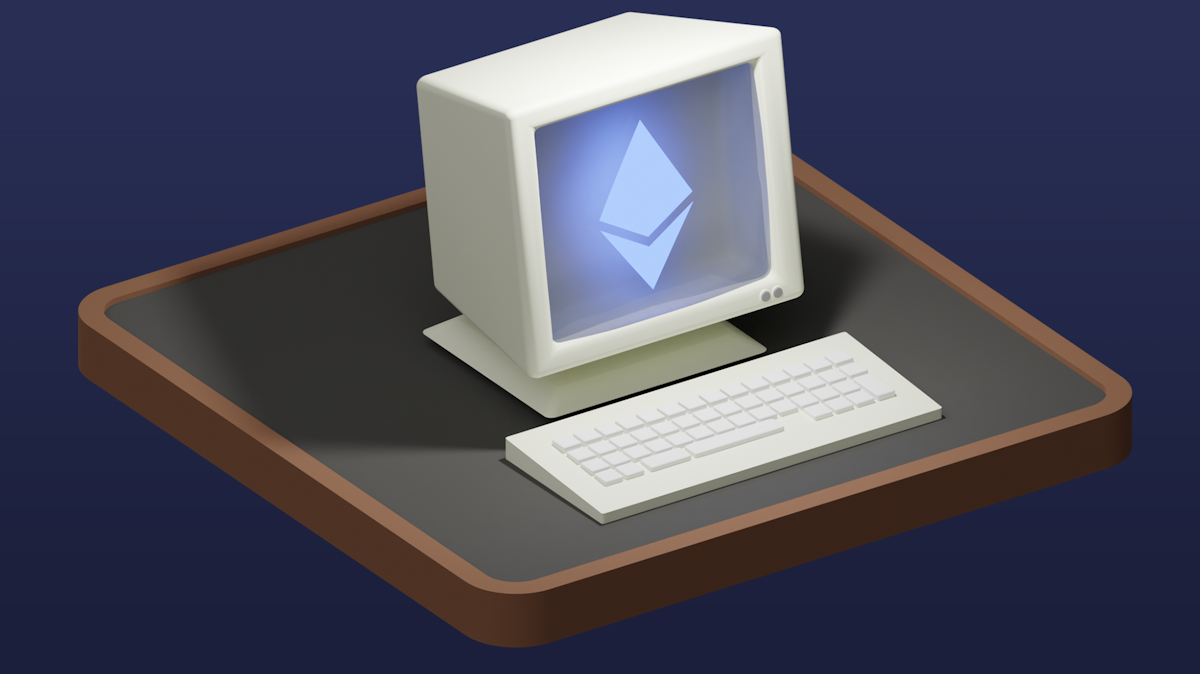What is Ethereum Virtual Machine?
Ethereum Virtual Machine is a single entity maintained by all computers running an Ethereum client. This machine keeps track of everything that happens on the Ethereum blockchain. Everyone in the crypto world knows Ethereum. Most people have also heard of Ethereum Virtual Machine (EVM), but what exactly is it? Today you're in luck, because that's exactly what we're going to tell you about.
Brief summary
✔️ The Ethereum Virtual Machine is a single entity maintained by thousands of computers running an Ethereum client.
✔️ The Ethereum protocol has its own currency, Ether (ETH), which follows almost the same rules as Bitcoin, but also enables powerful features such as smart contracts.
✔️ All implementations of the EVM must adhere to the specifications outlined in the Ethereum Yellow Paper, and implementation clients are available for JavaScript, C++ and Python.
What is Ethereum Virtual Machine?
The Ethereum Virtual Machine is a single entity maintained by thousands of connected computers that have a Ethereum client run. Anyone can maintain this network by becoming a node. You download some software for on your PC and voila. Then you are not yet a validator, so it only benefits the Ethereum network, you get no transaction fees and are not allowed to create new blocks with a node.
The Ethereum protocol's sole purpose is to preserve the continuous, uninterrupted and immutable efficacy of this "special state machine". In it, all Ethereum accounts and smart contracts "live." Each block in the blockchain has only one canonical state and the EVM defines what the rules are for computing a new valid state from block to block.
Distributed ledger Ethereum
The analogy of a distributed ledger is often used to describe blockchains as Bitcoin describe. This allows you to create a decentralized currency fundamental tools for cryptography let you use it. The ledger keeps track of what someone can and cannot do to change it, such as prohibiting you from spending more than you got.
Native coin ETH
Ethereum has its own currency, Ether or also called ETH, which follows almost exactly the same rules, but also enables a much more powerful feature: smart contracts. With Ethereum, you can use the analogy of the distributed machine state USE. Ethereum's state is a large data structure that contains not only all accounts and balances, but also a machine state that can change state from block to block according to a predefined set of rules and can execute arbitrary machine code. The specific rules to change state from block to block are defined by the EVM.
EVM and mathematics
The EVM behaves like a mathematical function: given a given input, it generates a deterministic output. Ethereum has a "state transition function." If you have an old valid state of the network and a new set of valid transactions, the state transition function causes a new valid output state to be generated from the Ethereum network.
With their "modified Merkle Patricia Trie," Ethereum provides strong efficiency in their database.
The EVM executes a "stack machine" with a depth of 1024 items. Each of these items is a 256 bit word chosen to work with. Standard words can be seen in the drawing below, such as storage and gas.
Programming the EVM
EVM "opcodes" such as AND, OR, ADD and the like are used here to open up standard mathematical possibilities. Furthermore, words specific to the Ethereum blockchain are used, such as ADDRESS or BALANCE.
All implementations of the Ethereum Virtual Machine must obey the specifications outlined by the Ethereum Yellow Paper. Ethereum execution clients are available for JavaScript, C++ and Python.
Smart contracts for the EVM are generally written in Solidity or Vyper.

